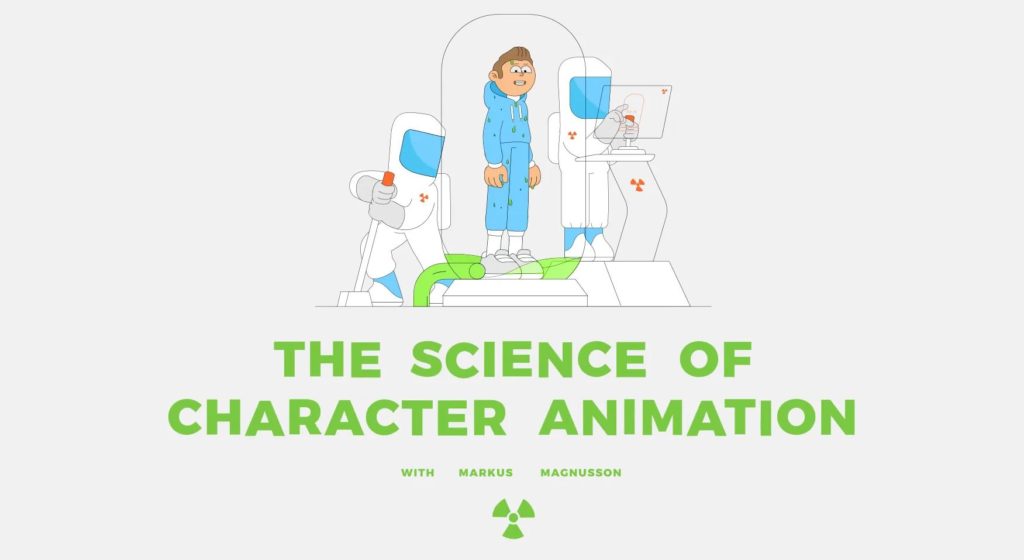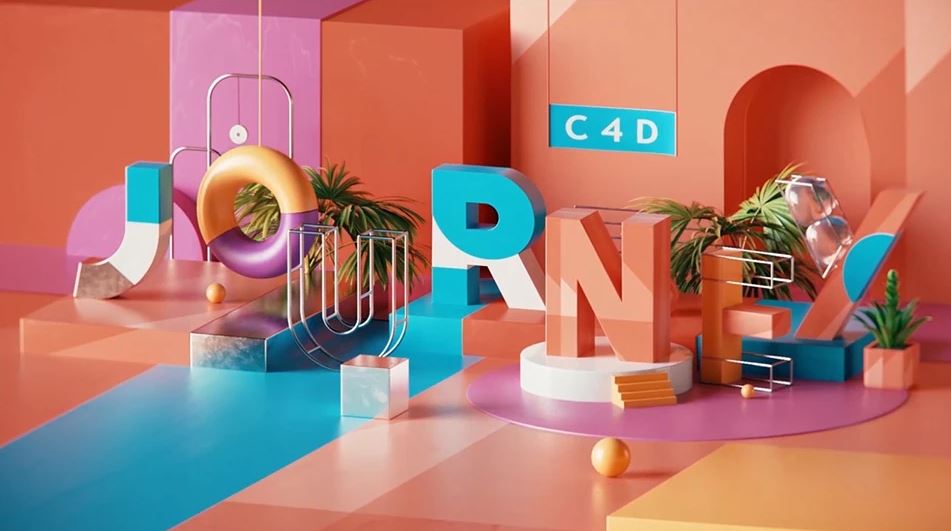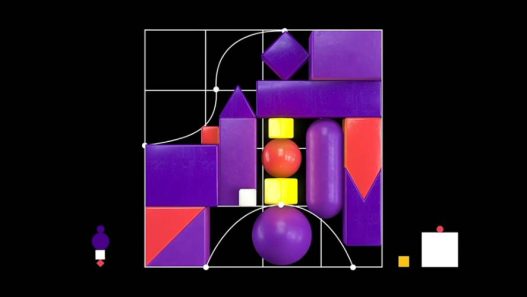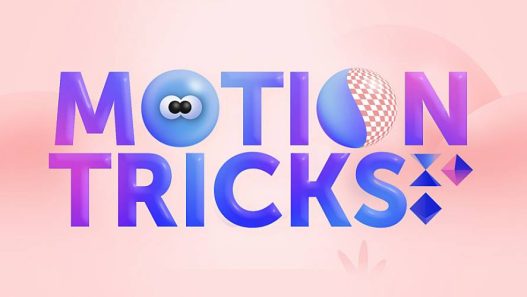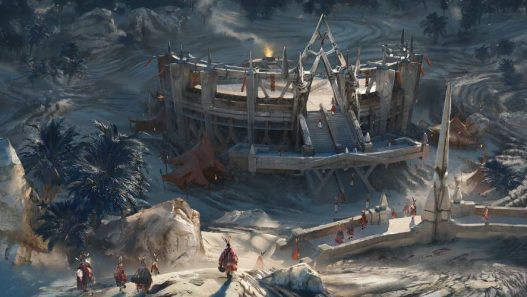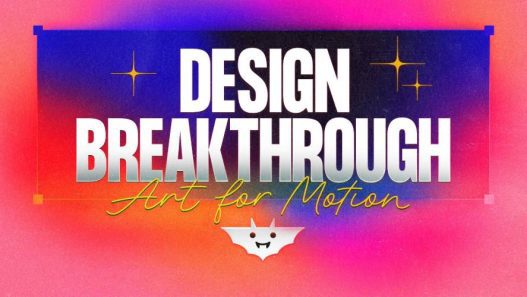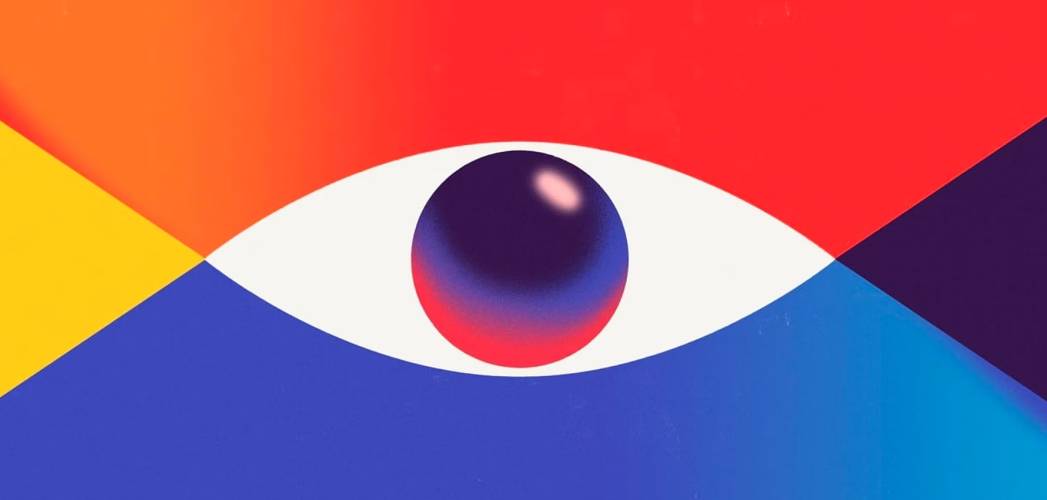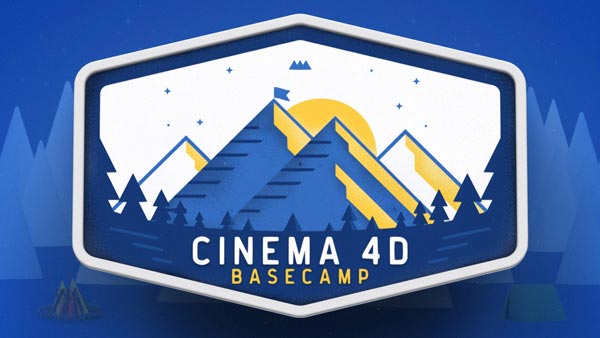Motion Design School – Science of Character Animation by Markus Magnusson Free Download
Get as much life as possible out of your 2d characters with this all-encompassing course into the fascinating world of Character Animation. Markus will cover tonnes of classical animation and character design principles. He will also share his unique techniques gained throughout his long experience of a professional animator and motion graphics designer.
The Struggle is real
Characters are too complicated
A character is a complex system of limbs, body and other parts. And it’s extremely hard to handle all of this at once. Usually you don’t know what to animate first, what kind of dependencies exist between all of the body parts, each step of the animation process just confuses you even more.
But we will give all the necessary knowledge to understand what to start with, what to do next and even where and when you should stop in animating characters.
Something is wrong with my character’s moves
Your character is moving like he has just run away from hospital long before making a complete recovery? Not satisfied with the result and can’t understand why?
In this course you will learn all the essential fundamentals that will allow you to heal your characters from past diseases and let them enjoy this beautiful life you’ve just brought them into!
How to prepare illustration for animation?
You have just drawn the character, imported it to After Effects and here we go… Splitting it into new layers again and again, going back to illustrator and sorting out it in a new way. OMG, is there any rule of thumb?
Sure, there are a bunch of principles you should know and apply while preparing your character for animation. You will be taught all of them.
My characters don’t look awesome
Decided to do a real cool shot for your portfolio but even static characters already don’t look good?
Keep calm, this course will show you not only how to organize illustrator layers but also how to design characters so that they are easier to animate and are still as charismatic as you want them to be.
Rig doesn’t work as I planned it to
Alright, you imported the character to After Effects, and the first thing you decided to do is to rig the limbs. But when you started animating you realized that this rig doesn’t work for your particular case and it’s time to redo it all over again.
This course also touches upon the topic of rigging. So, you will definitely know what exactly, at which stage and in what way should be rigged.
Is this course for me?
You will need basic knowledge of Adobe Illustrator and some experience working in After Effects to be able to complete this course.
Illustrators & Character Designers
Who want to gain more knowledge about character design and to bring to life their own creatures.
Motion Designers & 2D Animators
Who want to diversify their works with kickass character animation or at least get rid of an ugly limb movement.
UI Designers & Graphics Designers
Who want to learn character animation and create scenes which then can be used in their apps, games and other digital products.
What will I learn in Science of Character Animation?
It’s a drip course and you will get the lectures one by one every week.
1. Character Design. Part 1 (Adobe Illustrator)
Work on character animation starts with the character. For this reason, Markus will pay great attention to how really charismatic characters are created.
You will have a quick overview of Adobe Illustrator tools and then learn about blocking out a character, proportions, exaggerations and etc.
2. Character Design. Part 2 (Adobe Illustrator)
The author will continue talking about character design and will pay more attention to such things as hands & feet, face and hair and will finish with adding details and outlines and, of course, showing you effective ways of working with color.
3. Dynamic Character Posing (Adobe Illustrator)
Many believe that the main role in animation is played by easings and timings… But the truth is, the secret to good character animation lies in high-quality poses. So in this section you will learn what the line of action is and how to use it, how to work with weight and gravity, and how to build an expressive and balanced composition.
4. Facial expressions (Adobe Illustrator)
What emotion your character is expressing? There are a lot of small nuances in facial expressions, that’s why it is very important to know the basics of building emotions.
You will learn mouth and eyes designs and the ways to create different moods
5. Perfecting the Story (Pen & Paper)
So, let’s start animating, right? Don’t hurry… To start with you need to have everything planned thoroughly. This stage is extremely important, as it helps to avoid tricky corrections when animating and it will also save some hair on your head from falling out.
In this lesson, we will talk about ways to generate ideas, create concepts and how to turn them into a complete captivating story.
6. Setting up your animation (Adobe Illustrator + After Effects)
A character is a complex system consisting of lots of limbs and other elements. So it’s very important to secure yourself against unnecessary trouble by splitting and naming layers in Illustrator first, then import it in After Effects and create a flexible rig.That will save tons of time and make the animation process much more comfortable. This is what this lesson is about.
7. Key Animation Techniques. Part 1 (After Effects)
Alright, it’s time to animate. Markus will share with you a lot of different techniques he has learnt during his long journey as an animator. In this lesson we will talk about such principles as weight, anticipation, recoil and follow through.
8. Key Animation Techniques. Part 2 (After Effects)
After you have already got familiar with things that allow you to create the good animation basis it’s time to learn how you can add flexibility to your characters with the help of squash & stretch, whip and wave motion, and offsets.
9. Secondary Motion (After Effects)
A character consists of many details, and after main parts have been animated let’s create some secondary motion by animating clothes, hair and adding some smears or action lines to emphasize the motion.
10. Nice Walk-cycles (After Effects)
One of the greatest animators Ken Harris once gave a great piece of advice:
“ A walk is the first thing to learn. Learn walks of all kinds, cause walks are about the toughest thing to do right”.
11. Energetic Run Cycles (After Effects)
A run is not just an accelerated walk. This movement has different dynamics, that’s what we will talk about here. Markus will show you the key poses and some secret ways to make your run-cycles more expressive.
12. Pose to Pose (After Effects)
This approach will save you a lot of time while animating complex scenes with a lot of different actions. In this lesson you will learn how to plan your shot and all the further steps to achieve a really nice result instead of getting lost and spend a lot of time on experiments when animating each movement one by one.
13. Acting and Timing (After Effects)
What if your viewers were able to watch your animation only once? Would they get the message? Animation is a true stage performance, so it follows the same principles and the same tricks can be used.
Here we will talk about body language, facial expressions, importance of the eyes and, of course, timings, which usually play even greater role in achieving the best possible dramatic effect than technically challenging animation.
14. Facial Expressions & Lip Sync (After Effects)
Even the slightest brow movement can cause a significant emotional response from the audience. Would be nice to know this trick as well as some others, wouldn’t it?
Here you will learn how to animate transitions between emotions and get equipped with the alphabet of lip-sync.
15. Finalize your masterpiece (After Effects)
Motion Design School – Science of Character Animation by Markus Magnusson Free Download
https://zeroupload.com/4849f24198cb32c047d60358c9bb960d
https://pixeldrain.com/u/4EhNFtVR
